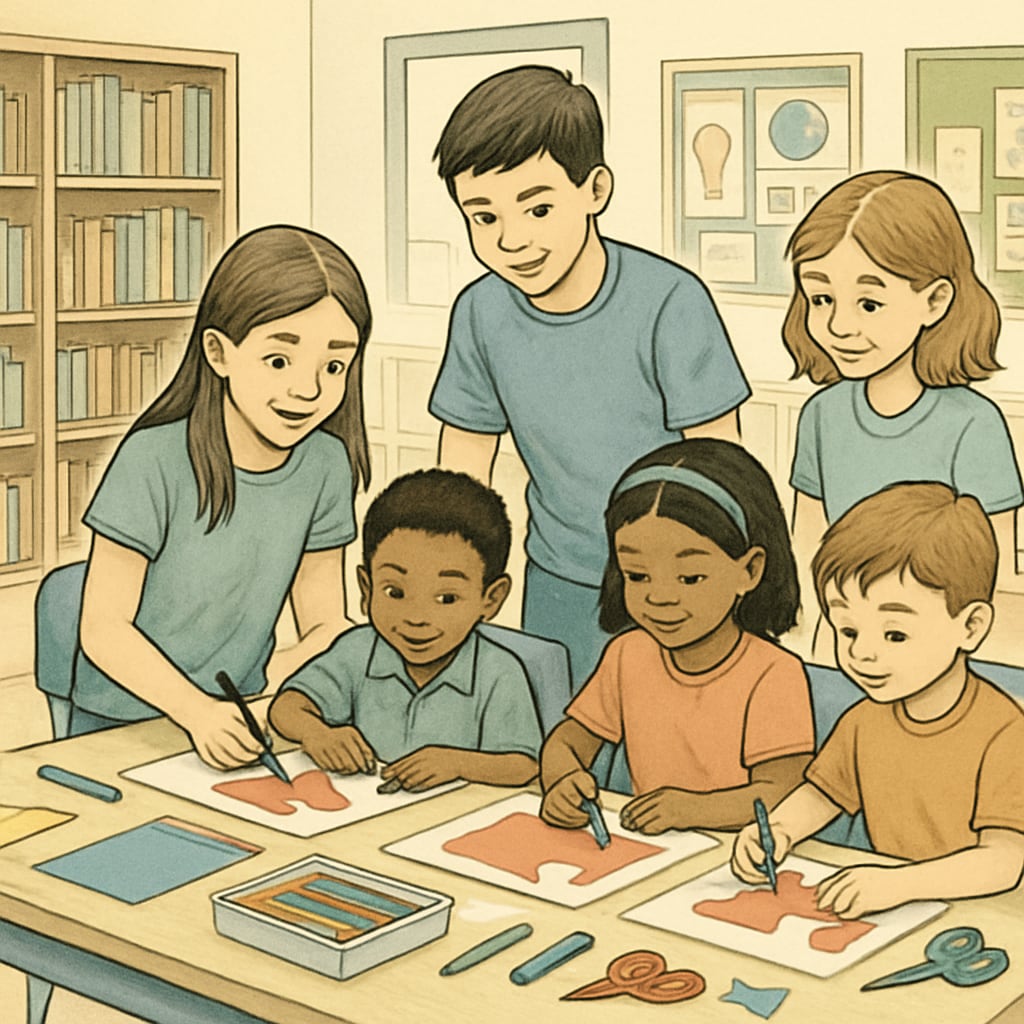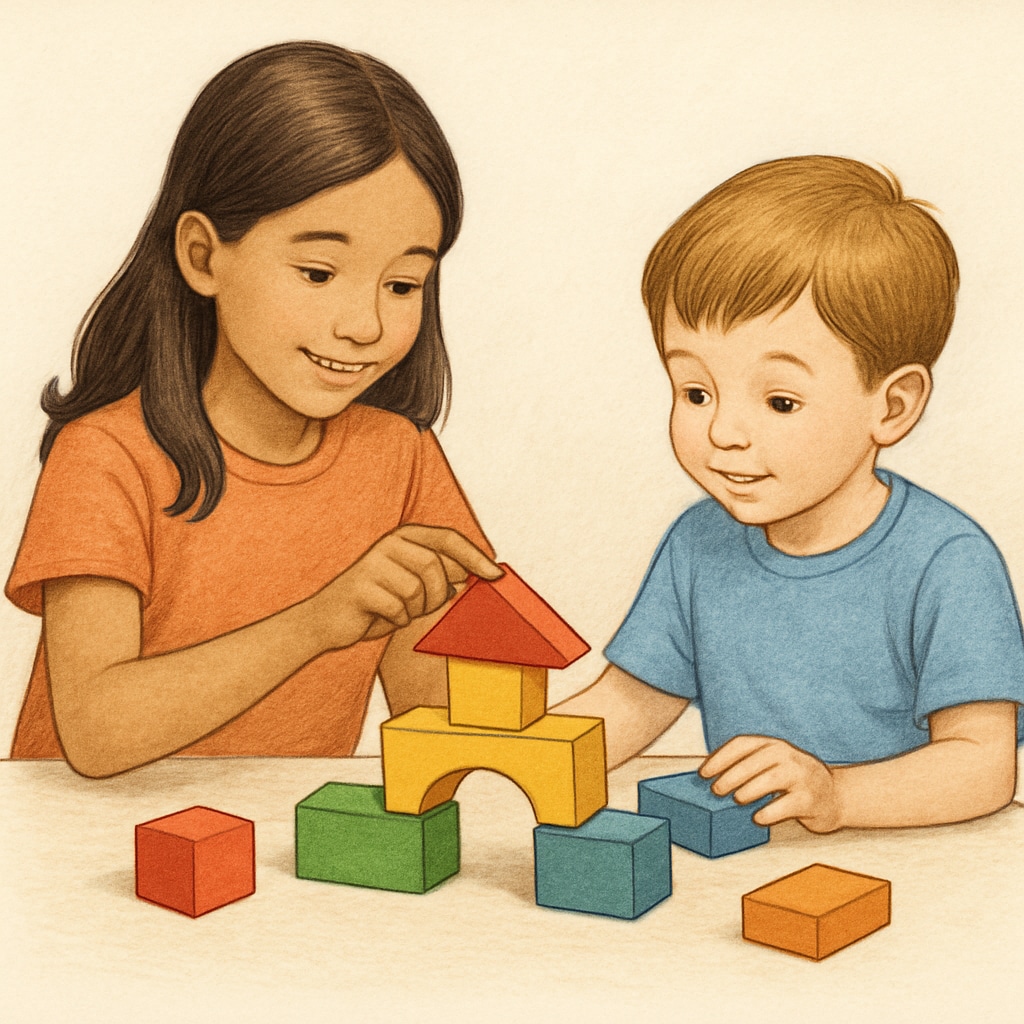The concept of pairing fourth graders with kindergarteners through inclusive activities offers a wonderful opportunity to foster emotional bonds and mutual learning. In such “buddy programs,” older students act as mentors, while younger ones benefit from guidance and companionship. Designing activities suitable for both age groups requires creativity and a focus on inclusivity. This article provides a range of ideas that cater to the developmental levels of both fourth graders and kindergarteners, ensuring a harmonious and engaging experience for all involved.
Why Inclusive Activities Matter in Buddy Programs
Inclusive activities are essential in buddy programs because they promote empathy, cooperation, and social skills. For fourth graders, this experience develops leadership and responsibility. For kindergarteners, it introduces them to positive role models and builds their confidence. Moreover, inclusive activities help bridge the gap between different skill levels, creating a collaborative and supportive environment.
When choosing activities, it is important to consider key developmental differences. Fourth graders are more independent and capable of complex reasoning, while kindergarteners are still developing basic motor skills and social awareness. As a result, activities need to balance these differences without being too challenging or overly simplistic.

Creative Ideas for Inclusive Activities
Here are some creative and inclusive activities that can successfully bring fourth graders and kindergarteners together:
- Storytime with a Twist: Fourth graders can read picture books to their kindergarten buddies, but with an interactive element. For example, they can create simple puppets to act out the story, making it engaging for the younger children.
- Art and Craft Collaboration: Pair the students for a joint art project, such as painting a mural or creating a collage. This allows the older students to guide and support the younger ones while fostering teamwork.
- Outdoor Exploration: Organize a nature walk or scavenger hunt where buddies work together to find specific items or solve clues. This activity encourages curiosity and teamwork.
- Music and Movement: Host a music session where students can sing and dance together. Kindergarteners enjoy movement-based activities, and fourth graders can lead by demonstrating actions or guiding their buddies.
- STEM Building Challenges: Provide building blocks or simple materials for constructing towers or bridges. Fourth graders can help with problem-solving and design, while kindergarteners contribute through hands-on participation.
These activities not only bridge the developmental gap but also make learning fun and interactive for both age groups.

Tips for Successful Implementation
To ensure the success of your buddy program, consider the following tips:
- Set Clear Expectations: Clearly communicate the purpose of the program to both age groups, emphasizing respect, patience, and teamwork.
- Provide Guidance and Support: Teachers and facilitators should monitor interactions, offering assistance when necessary to ensure activities run smoothly.
- Celebrate Achievements: Acknowledge the efforts and accomplishments of all participants. This could include displaying their projects or hosting a small celebration.
- Encourage Reflection: After each session, encourage students to share what they enjoyed or learned. This reflection helps reinforce positive experiences.
By incorporating these strategies, educators can create a nurturing environment where both fourth graders and kindergarteners thrive.
Conclusion
Inclusive activities that pair fourth graders with kindergarteners hold immense potential for fostering emotional connections and reciprocal learning. By carefully designing programs that address the developmental needs of both groups, educators can create enriching experiences that leave lasting impressions. Whether through storytelling, art, or outdoor exploration, these activities build bridges between age groups, nurturing empathy and collaboration in young learners.
As you implement these ideas, remember that the key to success lies in fostering a sense of mutual respect and fun. Inclusive buddy programs serve as a cornerstone for developing important life skills, ensuring that every student feels valued and supported.


